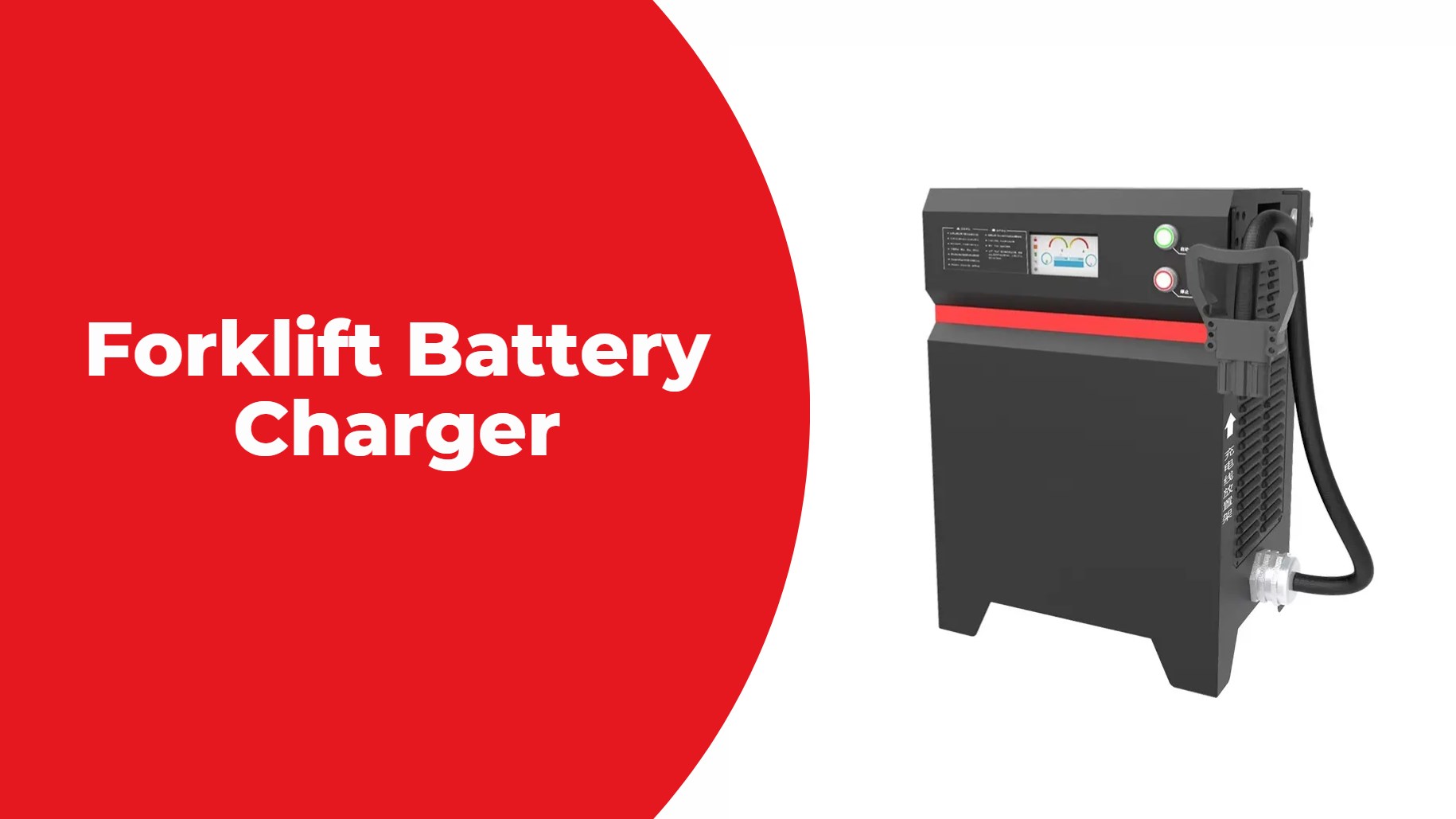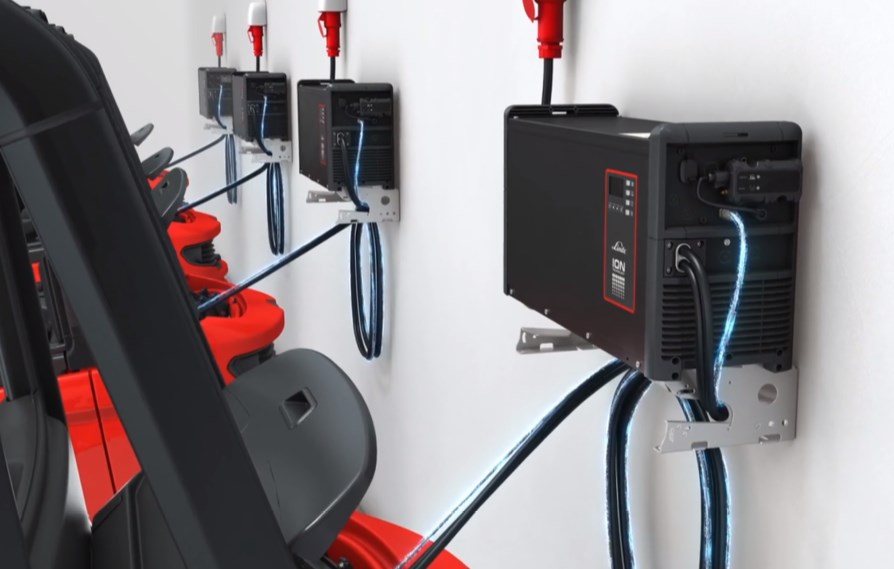The growing reliance on electric-powered forklifts in industrial settings has led to the increasing importance of efficient battery management. A forklift battery changer plays a critical role in ensuring that batteries are safely and swiftly replaced, maximizing operational uptime. At Redway Power, we specialize in providing high-performance LiFePO4 batteries, including custom solutions for golf carts and industrial vehicles. With over 12 years of experience, we understand how essential battery management is to maintaining peak operational efficiency.
A forklift battery changer maximizes efficiency by enabling quick battery swaps, reducing downtime during operations. It allows for seamless transitions between charged and depleted batteries, ensuring that forklifts remain operational. This system also promotes better battery maintenance by facilitating regular inspections.
In this article, we delve into the essential role of forklift battery changers, their types, benefits, and key considerations to help you select the right solution for your operation.
Wholesale lithium golf cart batteries with 10-year life? Check here.
What Is a Forklift Battery Changer?
A forklift battery changer is a specialized piece of equipment designed to assist in the removal and installation of forklift batteries. Due to the size and weight of industrial forklift batteries, manual handling is often impractical and dangerous. A battery changer provides a mechanical means of safely removing and replacing batteries, ensuring minimal downtime and maximum safety.
Commonly used in high-traffic warehouses and distribution centers, battery changers are available in various configurations to suit different operational needs. They streamline the process of battery swapping, allowing forklift operators to quickly replace depleted batteries and get back to work.
Want OEM lithium forklift batteries at wholesale prices? Check here.
Key Benefits of Forklift Battery Changers
The adoption of a battery changer in your facility can significantly improve safety, reduce downtime, and enhance overall productivity. Here are the key benefits:
1. Enhanced Workplace Safety
Forklift batteries can weigh hundreds of pounds, making manual handling extremely hazardous. A battery changer minimizes the risk of workplace injuries caused by lifting or improper handling of heavy batteries. By automating the battery swap process, the equipment ensures that workers are not exposed to physical strain or the risk of dropping the battery, which could result in costly damage or injury.
2. Reduced Downtime
With a forklift battery changer, battery swaps are completed quickly and efficiently. Operators no longer need to wait for assistance or struggle with cumbersome manual battery changes. The streamlined process ensures that forklifts spend less time offline, maximizing productivity and ensuring that your fleet remains operational during peak hours.
3. Improved Battery Handling
Proper handling is crucial to maintaining the lifespan of your forklift batteries. Battery changers reduce the likelihood of accidental drops, impacts, or improper positioning that could damage the battery or charger. These devices ensure that batteries are handled gently and with precision, which helps to extend their usable life.
4. Increased Operational Efficiency
Automating the battery change process allows workers to focus on more critical tasks. A battery changer eliminates the need for multiple employees to assist with battery swaps, freeing up labor for other duties. This enhances overall workflow and ensures that your team can operate more efficiently.
Types of Forklift Battery Changers
Several types of forklift battery changers are available, each designed for different operational settings and fleet sizes. Choosing the right type depends on factors like the number of forklifts in operation, available space, and budget considerations.
1. Gantry Battery Changers
Gantry battery changers are commonly used in large-scale operations where multiple forklifts are in constant use. These changers feature a large frame that supports the movement of the battery changer arm, allowing it to move batteries between the forklift and the charging station. Gantry systems can be semi-automated or fully automated, making them ideal for facilities with high traffic.
2. Walkie Battery Changers
For smaller operations, walkie battery changers offer a more compact and flexible solution. These changers are similar to pallet jacks and can be easily maneuvered around the facility. Operators can manually position the changer next to the forklift, making it an efficient option for facilities where space is limited. Walkie changers are a cost-effective choice for businesses with fewer forklifts or budget constraints.
3. Automated Battery Changing Systems
Automated battery changers are fully mechanized solutions that can swap out forklift batteries without any manual intervention. These systems use conveyors, robotics, and sensors to automatically transport and replace batteries. Automated systems are the best option for high-volume facilities where efficiency and speed are paramount. Although these systems require a significant initial investment, the long-term gains in productivity often outweigh the costs.
4. Manual Battery Changers
In some cases, a manual battery changer may be sufficient. These changers allow an operator to guide the changer into position, often using a powered lift to remove and replace the battery. While not as efficient as automated systems, manual changers are still much safer and more practical than attempting battery swaps by hand.
Key Considerations for Selecting a Forklift Battery Changer
Choosing the right battery changer for your operation is a crucial decision that can impact productivity, safety, and long-term costs. Here are the most important factors to consider:
1. Fleet Size and Usage
Evaluate the size of your forklift fleet and how frequently battery changes are needed. High-traffic facilities with a large number of electric forklifts may benefit from a gantry or automated system, while smaller operations might only require a walkie or manual battery changer.
2. Available Space
Consider the layout of your charging area. If space is limited, a compact walkie changer or manual system might be the best fit. Larger facilities with dedicated battery rooms can accommodate gantry or automated systems, which require more space but provide faster battery swaps.
3. Budget Constraints
While automated systems provide the highest efficiency, they come with a significant upfront investment. Assess your budget and choose a solution that balances cost with the long-term benefits of improved productivity and safety. For smaller businesses, manual or walkie changers offer a more affordable alternative without sacrificing much in terms of functionality.
4. Maintenance and Durability
Investing in a reliable, durable battery changer will reduce long-term maintenance costs and downtime. Look for changers made from high-quality materials that can withstand daily use in industrial environments. Regular maintenance should also be factored into your decision, as some systems require more upkeep than others.
Conclusion: Maximizing Efficiency with the Right Forklift Battery Changer
A well-chosen forklift battery changer can have a profound impact on your operation’s productivity, safety, and overall efficiency. Whether you’re running a large warehouse or a smaller distribution center, the right equipment can streamline battery management, reduce downtime, and protect your workforce from potential injuries.
At Redway Power, we understand the importance of having reliable battery solutions that complement efficient charging and swapping systems. As a leading manufacturer of LiFePO4 batteries from 12V to 72V, we provide custom solutions tailored to meet the needs of your B2B or OEM operations. Reach out to us today to learn more about how our advanced battery technologies can enhance your forklift fleet’s performance.
FAQ
What are the best practices for maintaining forklift batteries?
Best practices include regular cleaning of terminals, ensuring proper water levels (for lead-acid batteries), charging only when needed to prevent overcharging, and conducting equalization charges periodically. Maintaining a consistent charging schedule and performing routine inspections helps maximize performance and lifespan.
How often should I charge a forklift battery?
A forklift battery should be charged when it reaches 20-30% capacity. Frequent partial charges can reduce battery life, so it’s essential to let the battery discharge properly before recharging. Avoid opportunity charging unless using a lithium-ion battery, which can handle partial charges better.
What safety precautions should I take when handling forklift batteries?
Always wear protective gear, including gloves and goggles. Ensure proper ventilation to prevent gas buildup during charging, avoid sparks or open flames near the battery, and use insulated tools. Always follow the manufacturer’s guidelines and maintain a safe distance when lifting or transporting heavy batteries.
How can I extend the lifespan of a forklift battery?
To extend battery lifespan, avoid overcharging or deep discharging, ensure proper water levels, and regularly perform equalization charges. Maintain a clean battery, store it in a cool, dry environment, and follow a consistent charging schedule. Also, check for corrosion and address any signs of damage immediately.
What are the signs that a forklift battery needs maintenance?
Signs include slower charging, reduced runtime, or difficulty holding a charge. Corrosion on terminals, leaking electrolyte, or warped casing are other indicators that maintenance is needed. Frequent low water levels or battery cells overheating during charging also signal the need for attention.







